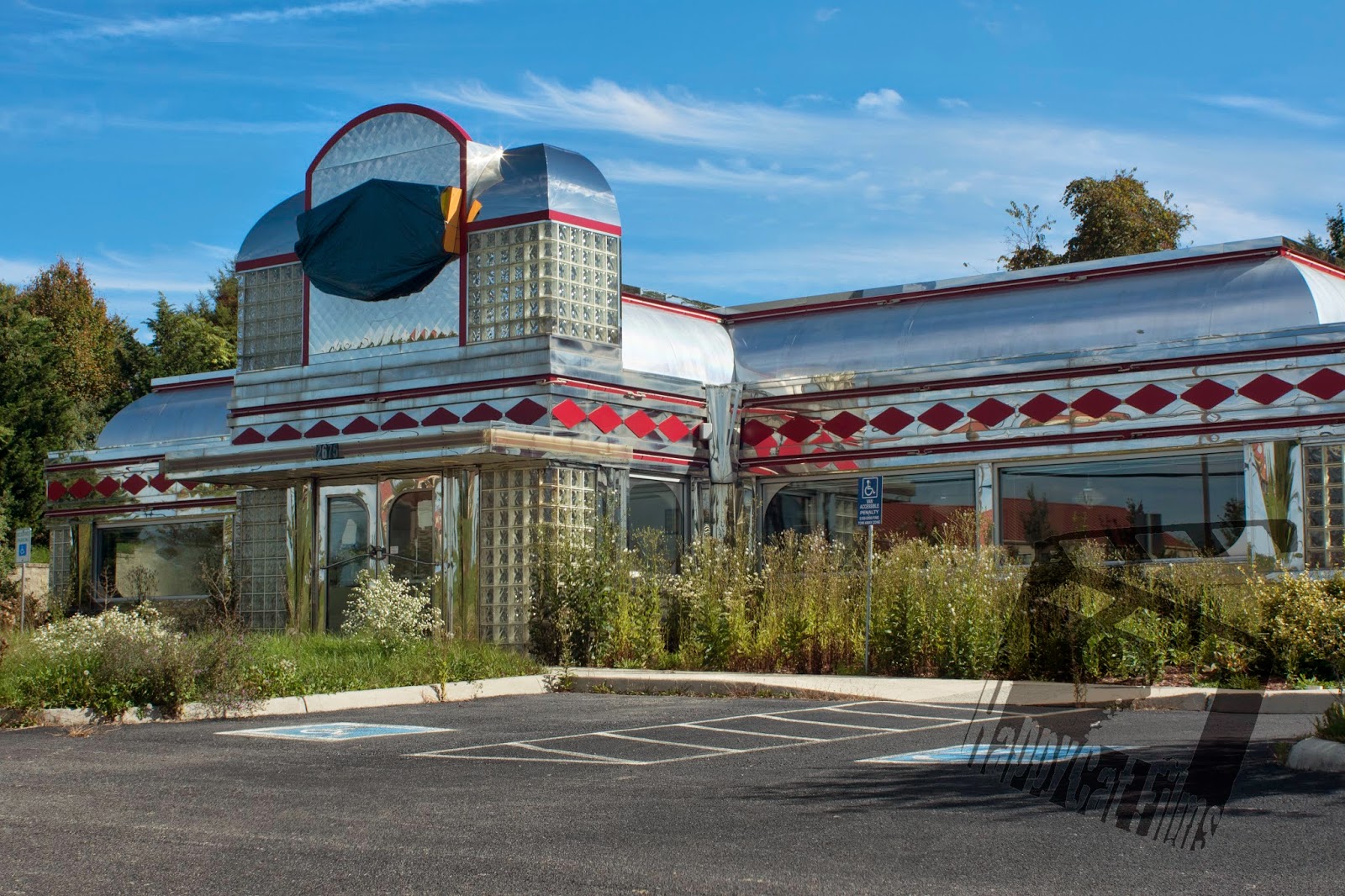I've been experimenting with Canon FD glass for a few years, as it's cheap (by comparison), and designed to work with film 35mm cameras (anyone remember the Canon AE-1?).
There seem to be three quality levels out there; the most common (on eBay and other places) are the inexpensive range. You can find 28mm, 35mm, 50mm and 85mm lenses typically around $15 or so. These are not the fastest lenses, with max apertures in the f/3.5 range.
Next step up are the more expensive FD lenses, but not yet in the L-series. These will be $100-$300, and offer a great value for the money, with max apertures in the f/1.4 to f/2 range.
The top step are the Canon L-series. These are more rare and a lot more expensive, and I've found very few of them available in the US. Lots in Japan, though.
I've bought into the mid-level, and my favorite three are 50mm f/1.4, 35mm f/2 and 28mm f/2.
I found these on eBay for $40, $199 and $185, respectively. Combined with the $399 Metabones Speed Booster, this is one handy little filmmaking kit!
The Speed Booster Effect
First example is the dramatic effect of the Speed Booster. I set up this shot with it:
 |
| GH4, Canon FD 50mm f/16 with Speed Booster |
Then removed the Speed Booster, keeping all other lens and camera settings identical:
 |
| GH4, Canon FD 50mm f/16 with non-Speed Booster adapter |
The 0.71 'crop factor' and the one-stop light gain of the Speed Booster are obvious, don't you think?
FD Lens Sharpness
Next step was to look at lens sharpness. Again, these lenses were designed for a full 35mm film frame, so they should resolve 4K and cover the GH4's Micro Four-Thirds sensor with no problem at all. And they do. As with most lenses (certainly in this price range), they are somewhat soft at extremes of the aperture range. See for yourself. Focus in each case was on the corner just above and to the right of the main entrance door, and a variable ND filter was used to keep a balanced exposure.
 |
| FD 28mm f/2 |
 |
| FD 28mm f/4 |
 |
| FD 28mm f/8 |
 |
| FD 28mm f/16 |
 |
| FD 28mm f/22 |
Now, consider the focal point at each aperture setting. For these I zoomed in on each of the images above.
 |
| f/2. Unacceptably soft. |
 |
| f/4. Usable. |
 |
| f/8. Still looks good. Greater depth of field. |
 |
| f/16. Starts to soften again. |
 |
| f/22. Not as bad as wide open, but soft. |
Worth the price? Definitely! Okay for 4K? Definitely.
Let me know what questions you have, or other specific tests you'd like to see.
Happy Shooting!
- Rob.